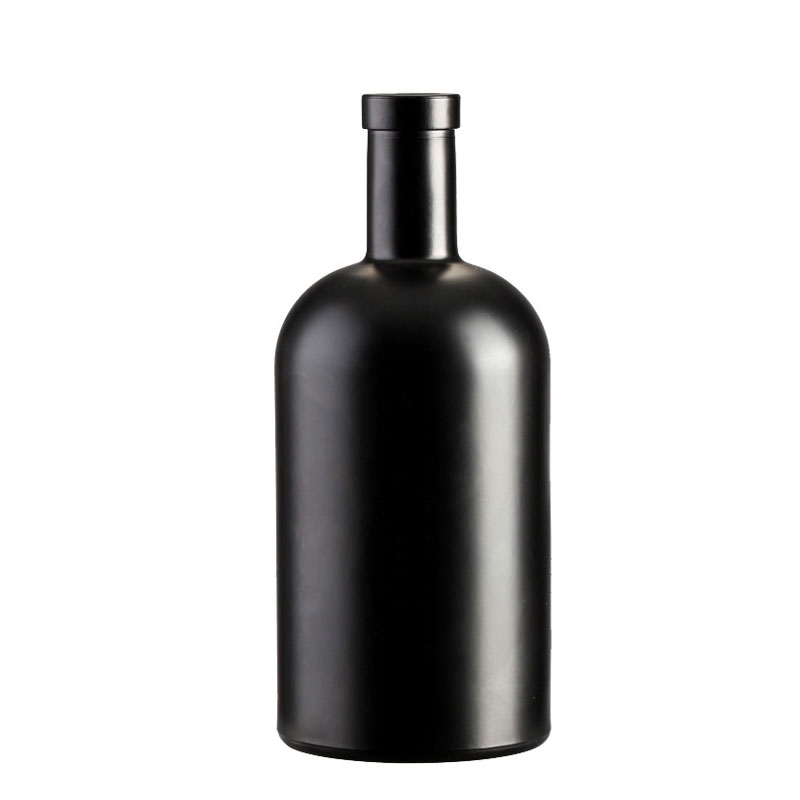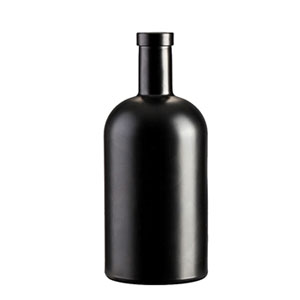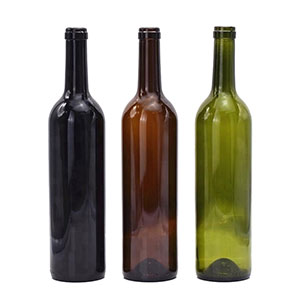- Glass Group
- 2022-9-13
- (0) comments
What are the elements of wine bottle design?
From Glass Group, The wine bottle is the three-dimensional shape of the three-dimensional space. The sensory experience it gives people is mainly reflected in the two aspects of vision and touch. The tactile sense is mainly related to the man-machine function and utility of the wine bottle, while the visual aspect is related to the shape of the customize wine bottle. The former focuses on the physiological aspects. The latter focuses on the psychological aspects. The design of modern wine bottles requires both a comfortable feel and visual beauty. It can be said that the wine bottle not only contains many factors such as functional utility, craft material and craft technology, but also contains the external aesthetic factors, which has the dual value of material and spirit.

The design of wine bottles needs to consider the following elements: material, shape, function and wine category.
1. Material
The alcohol contained in all kinds of alcohol is a kind of solvent. If the manufacturing material of the bottle itself is not suitable, there will be very serious consequences. Therefore, it is necessary to avoid the use of substances that can be dissolved by alcohol or chemically react with alcohol. As a production material for wine bottles, metals such as lead and aluminum are easily soluble in alcohol. Iron sheets are easily twisted, and plastics will chemically react with wine. These are not suitable materials for wine bottles. Therefore, the material of the wine bottle is preferably lead-free glass and lead-free ceramics. Modern wine bottles are classified according to materials. There are mainly ceramic bottles, glass bottles, metal bottles and so on.
2. Modeling includes containers such as style, decoration, texture and color
It is not only used to protect products, but also has the mission of conveying product information. The culture conveyed by the shape of a hundred wine bottles greatly affects the choice and purchase of consumers. It can be said that the wine container itself is an important part of the product. The abundant morphological resources in nature are an inexhaustible and inexhaustible source of design inspiration. Whether it is ancient wine vessels or modern wine bottles of various styles, their shapes can be roughly divided into graphic bottles, oblate bottles, square bottles, and polygonal bottles.
a. Round bottle
Including graph cylinder, graph cone, graph white, sphere and drum, these are the most common bottle shapes in Z. Because round bottles are easy to produce and process, use less materials, and are convenient for packaging and boxes, they are widely used. Most of these bottles are caused by strangeness or height changes. Or changes in the curvature of certain parts. To create different shapes from each other.
b. Flat round bottle
This type of device has a better feel when held in your hand. At the same time, it can highlight the wine label and does not waste space when packing and storing. This is its advantage. But the disadvantage is that the forming process is more complicated than the bulk or cylindrical bottle.
c. Polygonal bottle
Bottle shape with more than four corners. Ruan polygon. Some are polygonal cylinder. Some are part of the bottle body is polygonal. The current market share of this bottle type is not very high.
d. Square bottle
Including rectangular, square pillar, square belly but round mouth and round feet, pentagonal shapes and so on. This type of wine bottle only takes a square body. Its mouth is still round. Some bases or other parts are also round.
e. Special-shaped bottle
The special-shaped bottle referred to here is relative to the standard bottle (standard bottles such as wine bottles are mostly in the shape of a circle", mostly imitation utensils, imitation animals, imitation plants, imitation buildings. Even Shaping the shape of a human being. Because this type of wine bottle has a specific consumer group, it is rarely seen in the general market or in books.
The ups and downs of the bottle shape, the size of the volume, the surface texture, the corners of the line and the color pattern decoration, etc., are the decisive factors for the shape of the bottle.
3. Function
The functions of wholesale wine bottles include protection functions, convenience functions, sales functions, and reuse functions. Specifically, the mouth of the wine bottle should be small, the capacity should be moderate, the proportion of the shape and the shape should be harmonious, the contact part feels comfortable, and it is convenient to take and pour. These are the basic elements of modern wine bottle design. Different types of wine have different tendencies for the selection of containers. They have their own specific personalities and styles.
 English
English Deutsch
Deutsch 简体中文
简体中文









